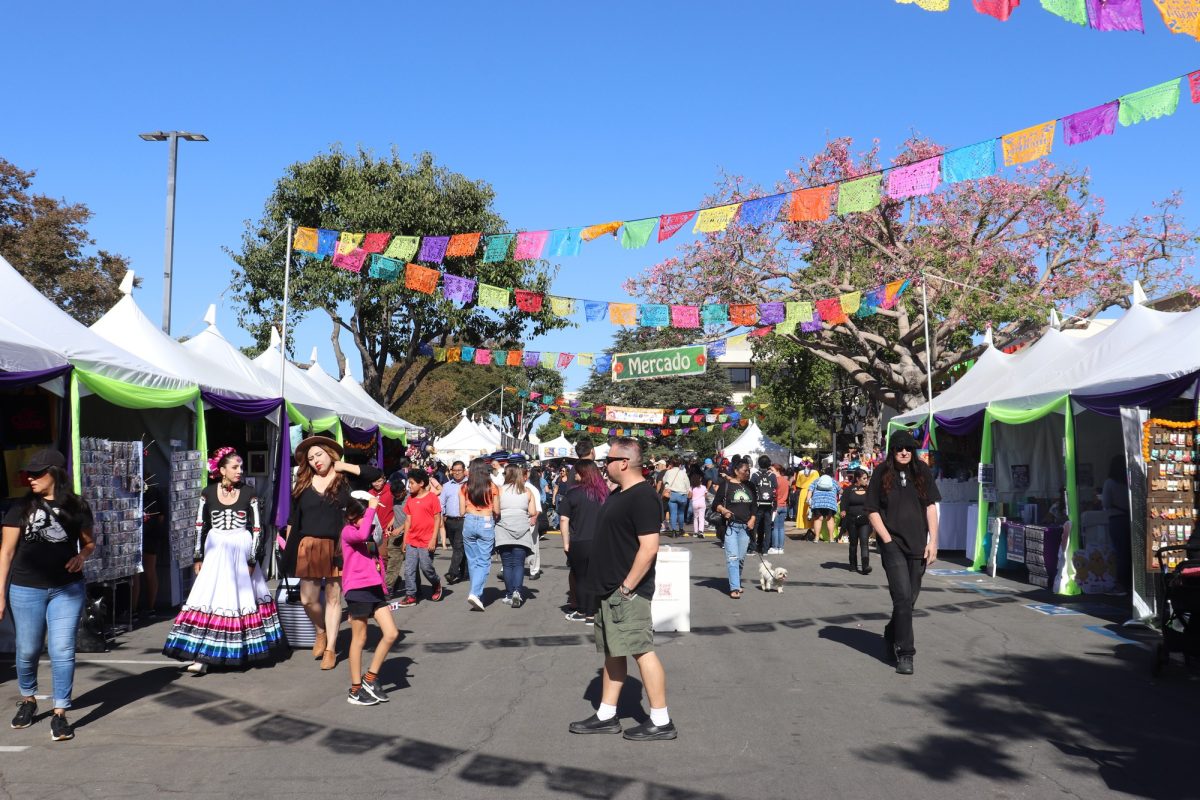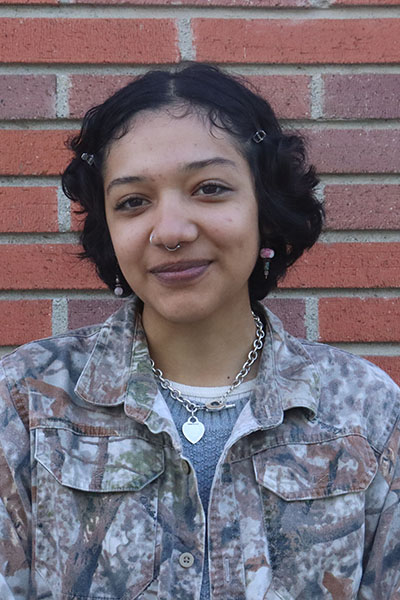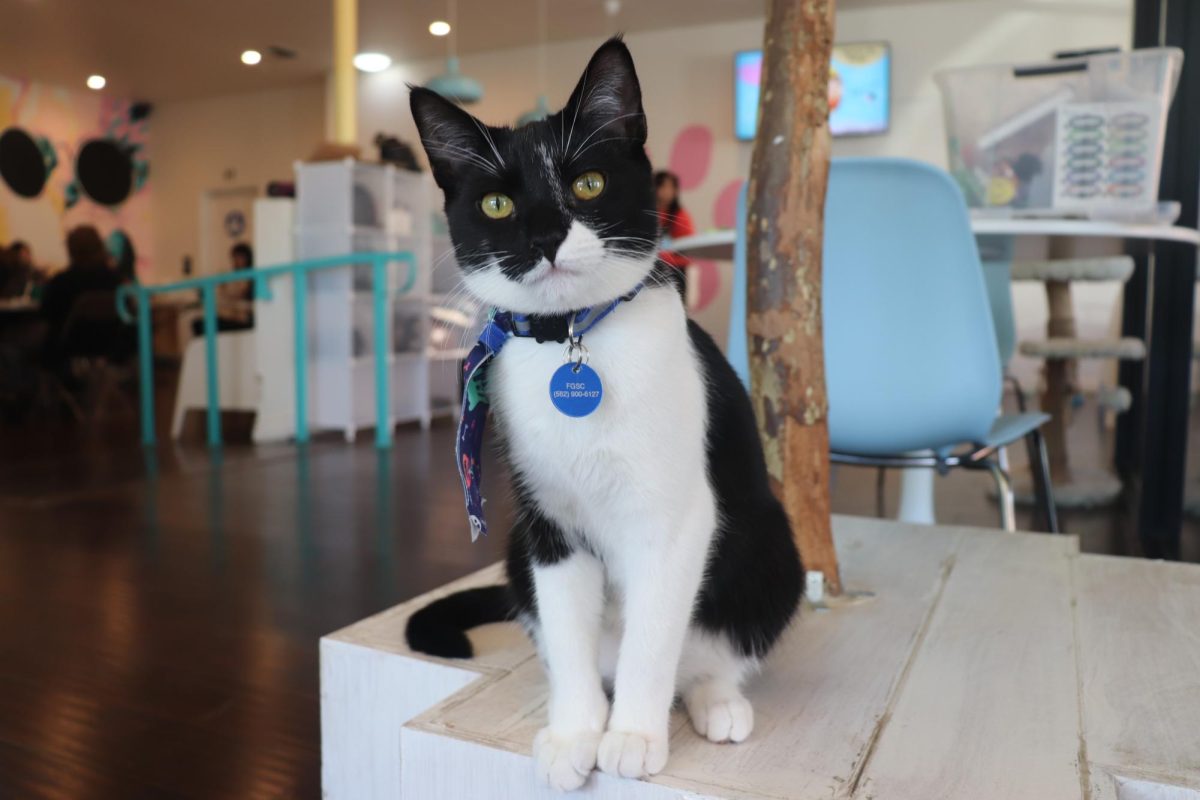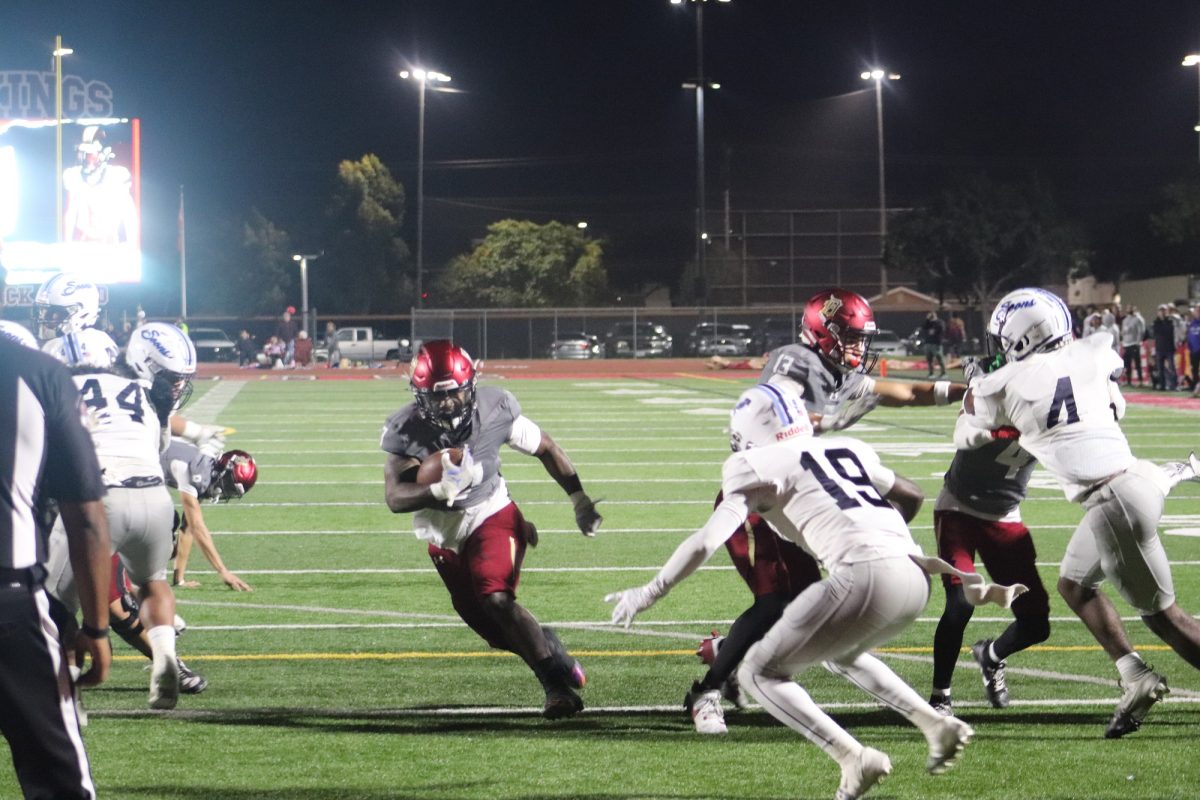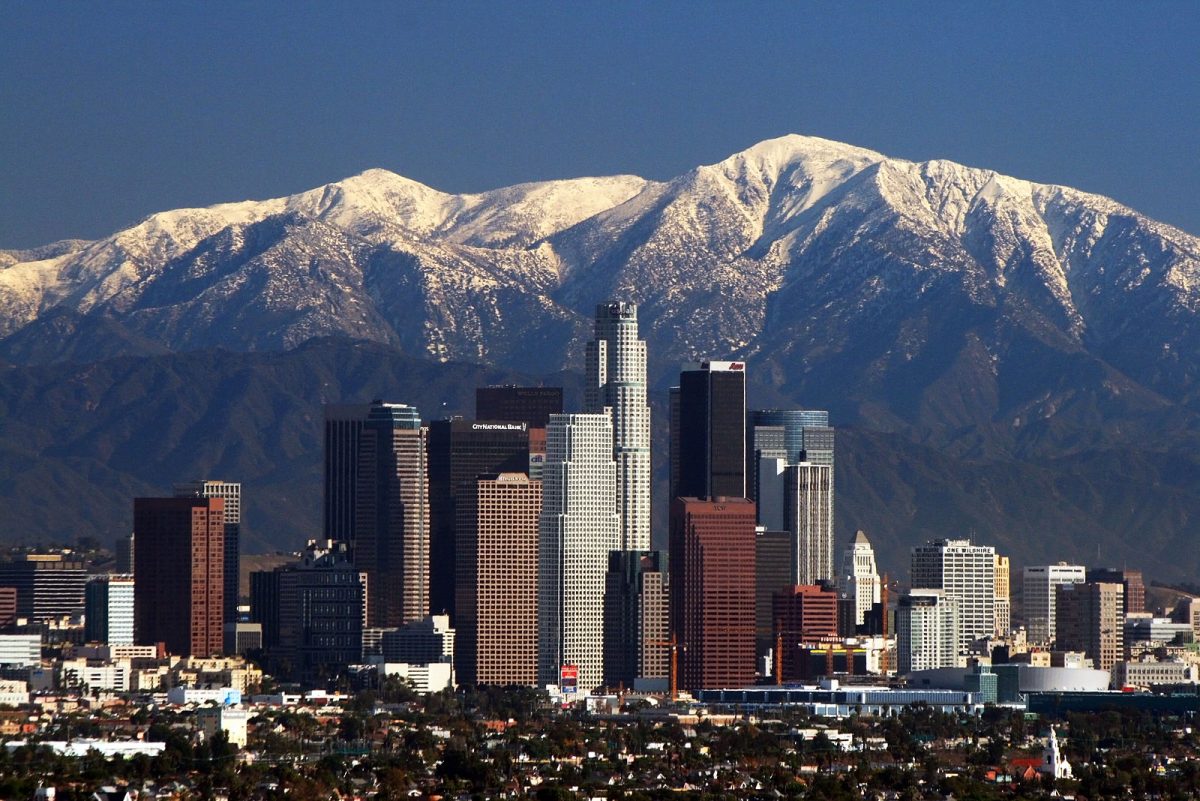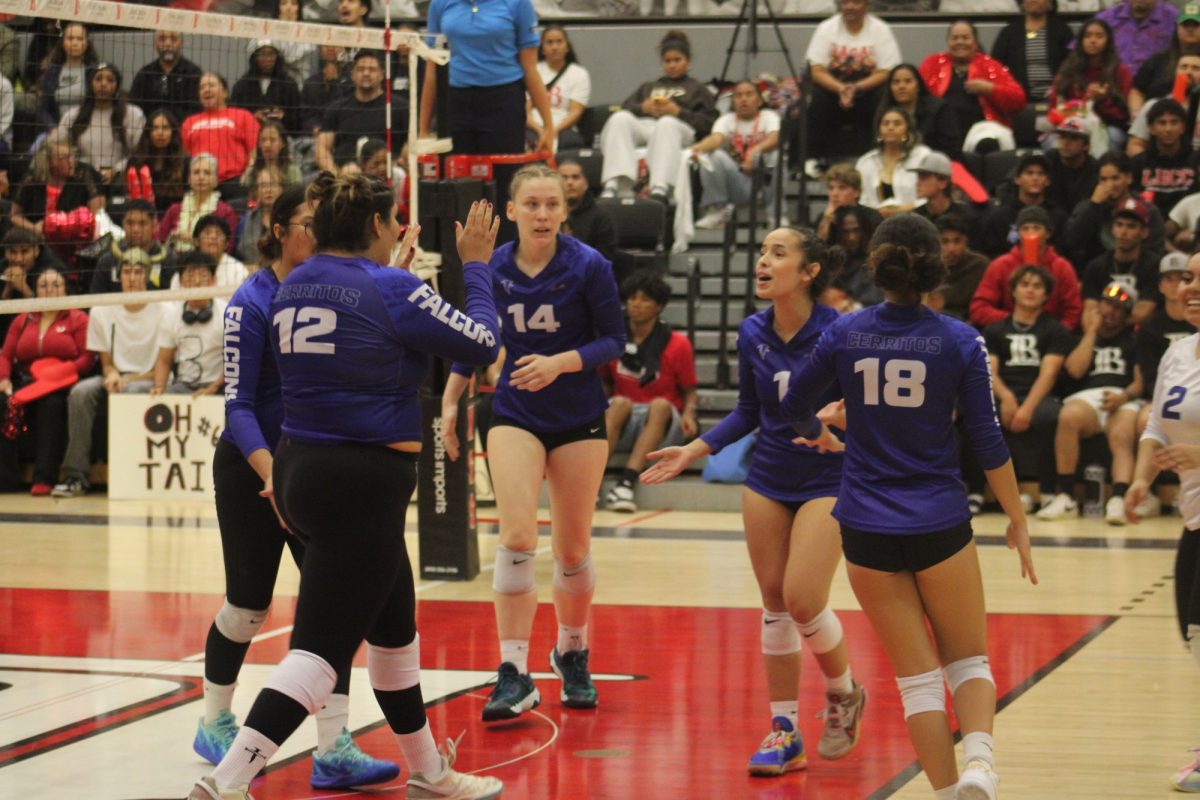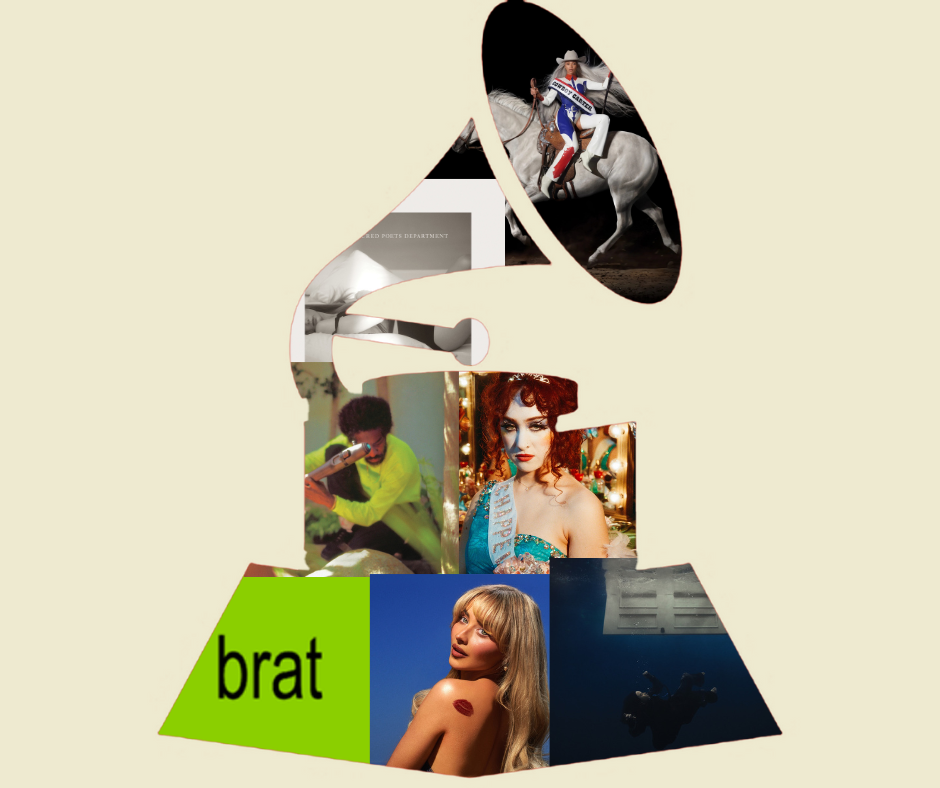Ascending the low, concrete steps entering the courtyard of the Downey Theatre, vibrant garlands of cempoalxochitl marigolds, ofrendas and towering Calavera Catrina-inspired skeleton sculptures.
These works of art welcomed guests to a celebration of Mexican culture and remembrance through art, music and community for the 10th annual Downey Día de los Muertos Art Festival.
Art showcases, activities, local vendors, food trucks and live performances surrounded the theater and Downtown Downeys’ Civic Center from 11 a.m. to 8 p.m., transforming the area through the abundance of communal cultural connection.
A jubilant throng of nearly 1,000 individuals was in attendance, many adorned in festive and colorful clothing, reveling with pride in their culture as they shopped and danced alongside family, friends and community members.
The theater was transformed into an epicenter of learning opportunities and cultural artistic expression. Presented by the Downey Arts Coalition, the theater lobby transfigured into a gallery, highlighting varying mediums of artwork against the lobby walls.
Día De Los Muertos, often misconceived to be a celebration of death, contrarily celebrates and honors loved ones who have passed, and for many, is rooted in the belief that the bridge of separation from the real and spiritual world is opened, allowing loved ones to revisit their families and friends.
Rosa Álvarez, an artist with the Downey Arts Coalition, shared, “Queremos que el mundo entienda que para nosotros, [los muertos] siguen vivos en nuestros corazones,” ‘We want the world to understand that for us, [the dead] continue to live in our hearts.’
Álvarez’s embossed metallic works include visuals of florals, skeletons, religious and cultural symbols, honoring those in her life who have passed by including such motifs, keeping their memories alive.
It is in such a way that a gallery host of visual arts can also become, in many ways, learning spaces. Behind each brushstroke, embossment and placement of a particular object or theme therein lies a story to be learned.
“Entrando en la galería, la galería es una escuela. Aprendemos lo que no sabía,” Álvarez continued, ‘Entering the gallery, the gallery is a school. We learn what we didn’t know.’
“México en el arte es para enseñar a otros personas, enseñar nuestro el poder que tiene el arte. Hay mucho gente que no saben a leer, pero entiende con el arte.” ‘Mexico in art is to teach other people, to teach ourselves the power that art has. There are many people who do not know how to read, but understand with art.’
Exiting the theater, guests were greeted by colorful papel picado strung above Mercado St., a host to small, local businesses and various shops showcasing jewelry, apparel, accessories and hand-crafted artesanías.
Located at the festival’s heart, such avenues allowed attendees, whether in admiration or in seeking a deeper understanding of the culture surrounding Día de los Muertos, to connect with and support local businesses and artists.
Among the line of booths, Cynthia Navarro, a 28-year-old South Central resident, showcased stickers, tote bags, pins and bookmarks among many other pieces reflective of nostalgia and Mexican pride through cultural items such as the Lotería card game, Los Viejitos De Michoacán and prints of pan dulces and sweet treats.
Los Viejitos De Michoacán and prints of pan dulces and sweet treats.
Navarro reflected on how her work takes inspiration from her experiences in Southeast LA as a first-generation Chicana, emphasizing the importance of not only being able to tell the story of her experience through her work but also the importance of the exchange of culture within the community.
“It’s a great opportunity to discover the cultural wealth of the area.” shared Navarro.
“I really enjoy us bringing people together over something that resonates with everyone, and that there are all these different local businesses and performers that are able to get highlighted during an event like this.”
While live music remained audible from each corner of the festival, guests had the opportunity to view performances from the theaters’ main stage, the Zocalo stage and bar, located outside of the theatre, and the community stage, located at the North end of the festival.
The community and main stage hosted performances of el baile Folklórico, a form of folk ballet traditional to various regions of México.
Through Folklórico, dancers honor loved ones through choreography symbolic of the embodiment of loved ones and ancestors who have passed.
With art and creativity bountiful throughout the festival, guests were invited to participate in crafts and activities such as a papel picado demo station, coloring sheets, small musical instruments and a dedicated sidewalk for chalk art.
In celebrating and honoring our loved ones who have passed, artistic expression and community have become central to many traditions, and remain important outlets of cultural expression and preservation.
“[El arte] es una manera de concientizar, de hacer y saber que existe amor, respeto y adivinación por los muertos”, Álvarez reflected, ‘[Art] is a way of raising awareness, of doing and knowing that love, respect, and divination exist for the dead.’



